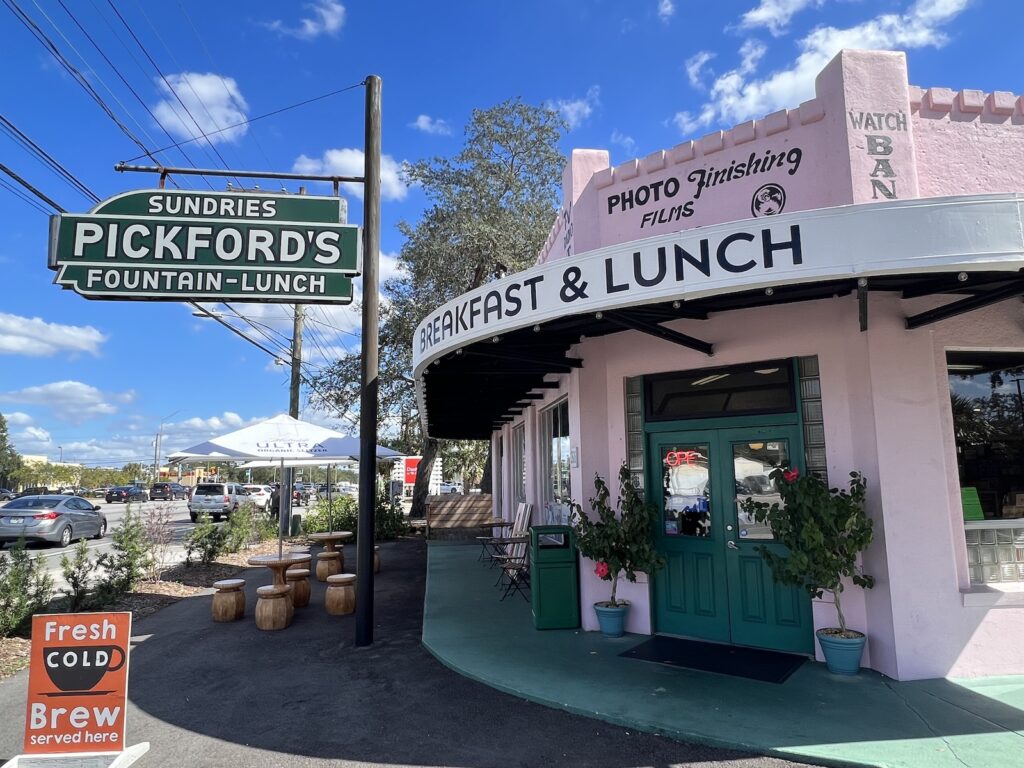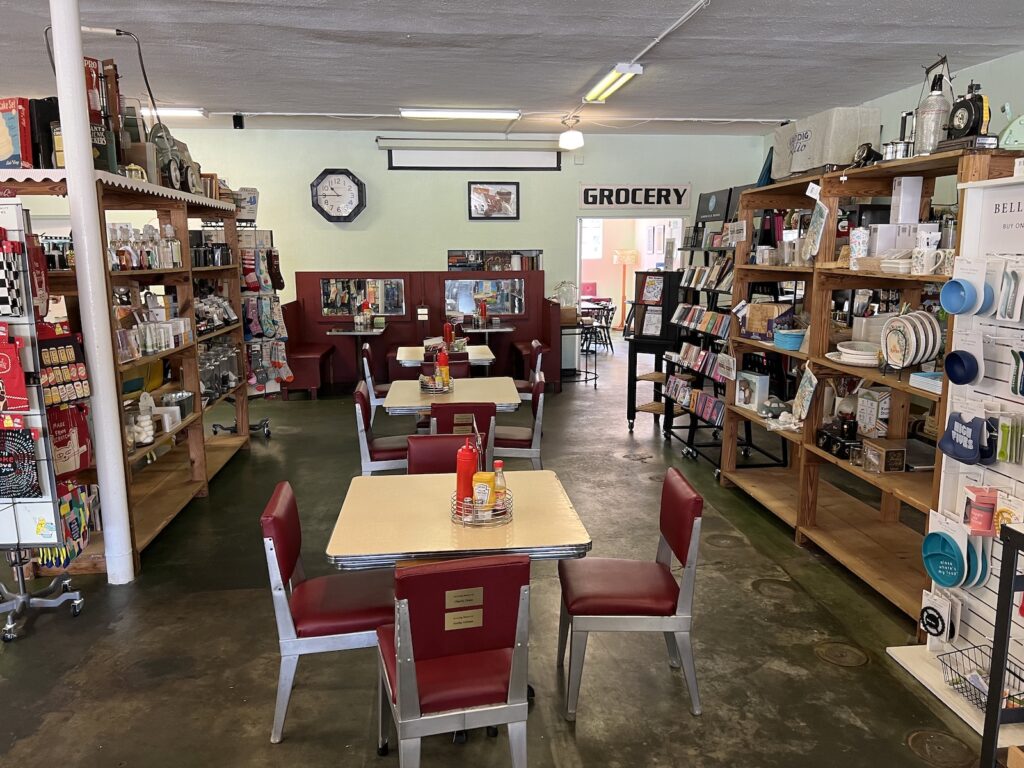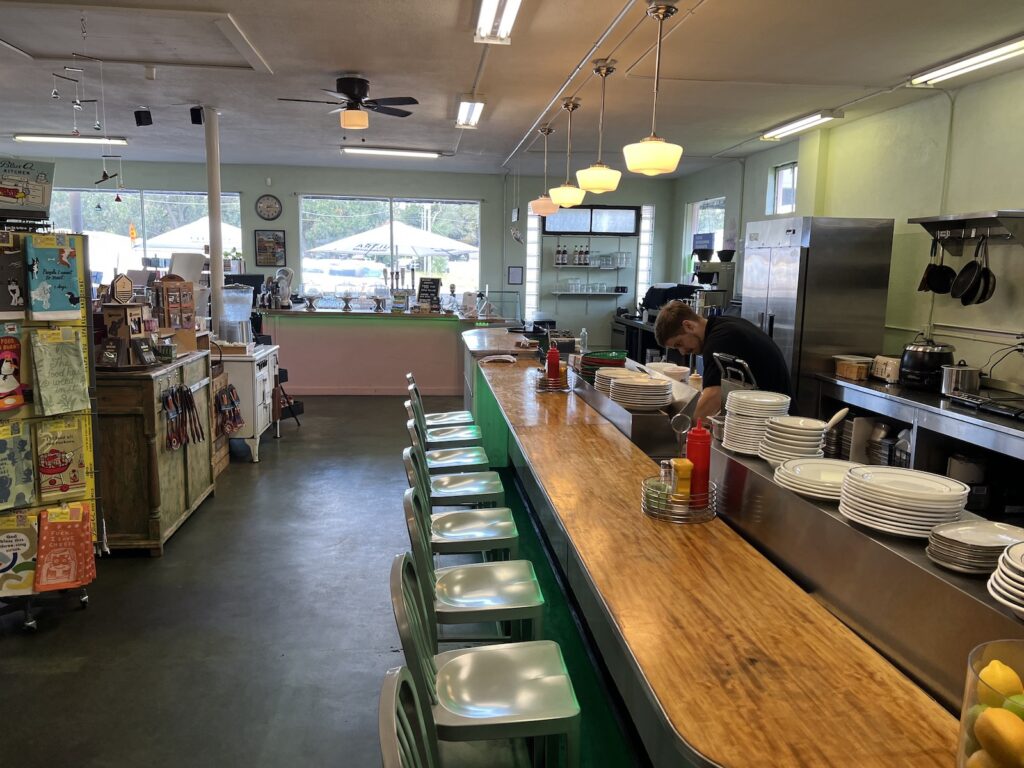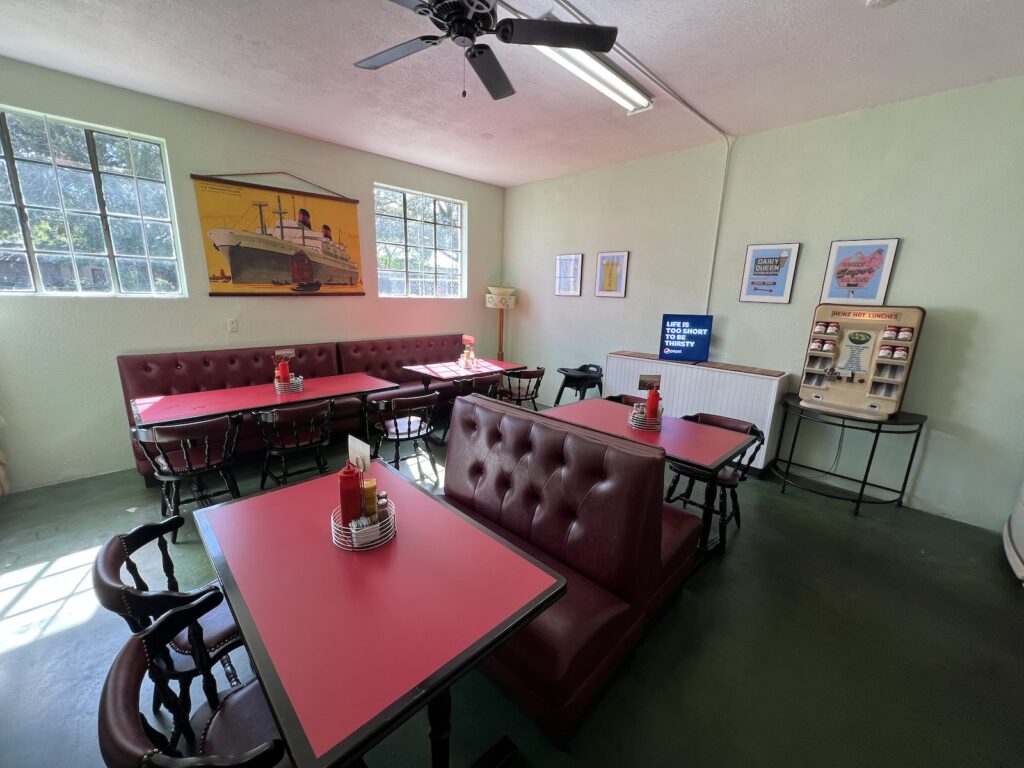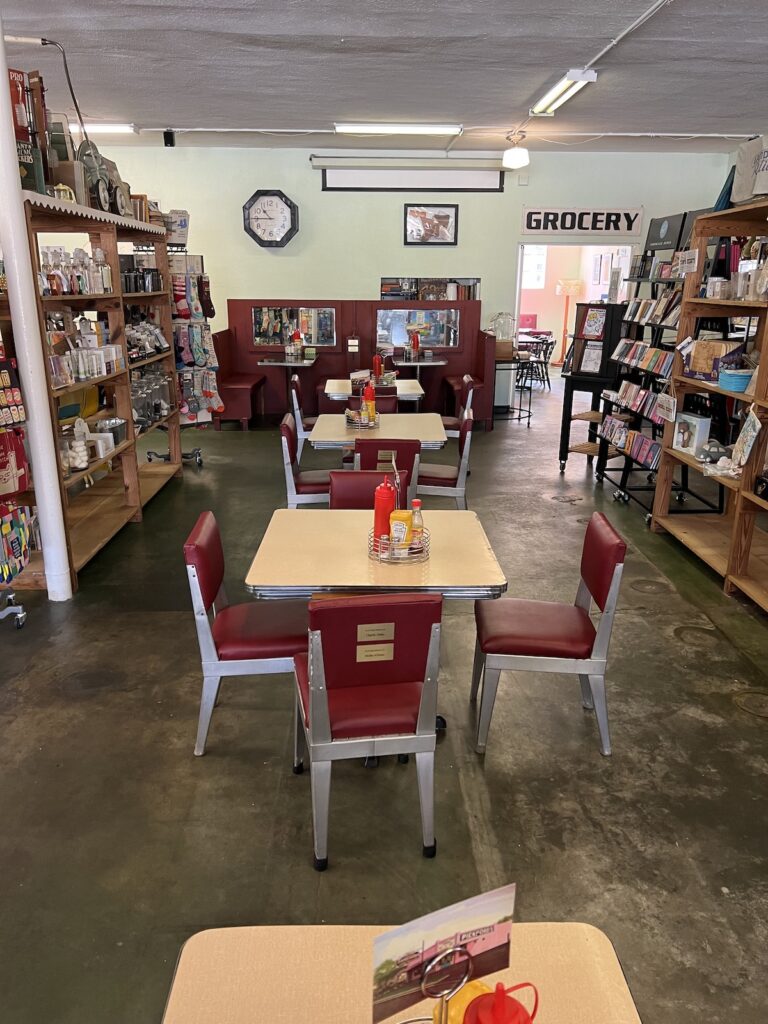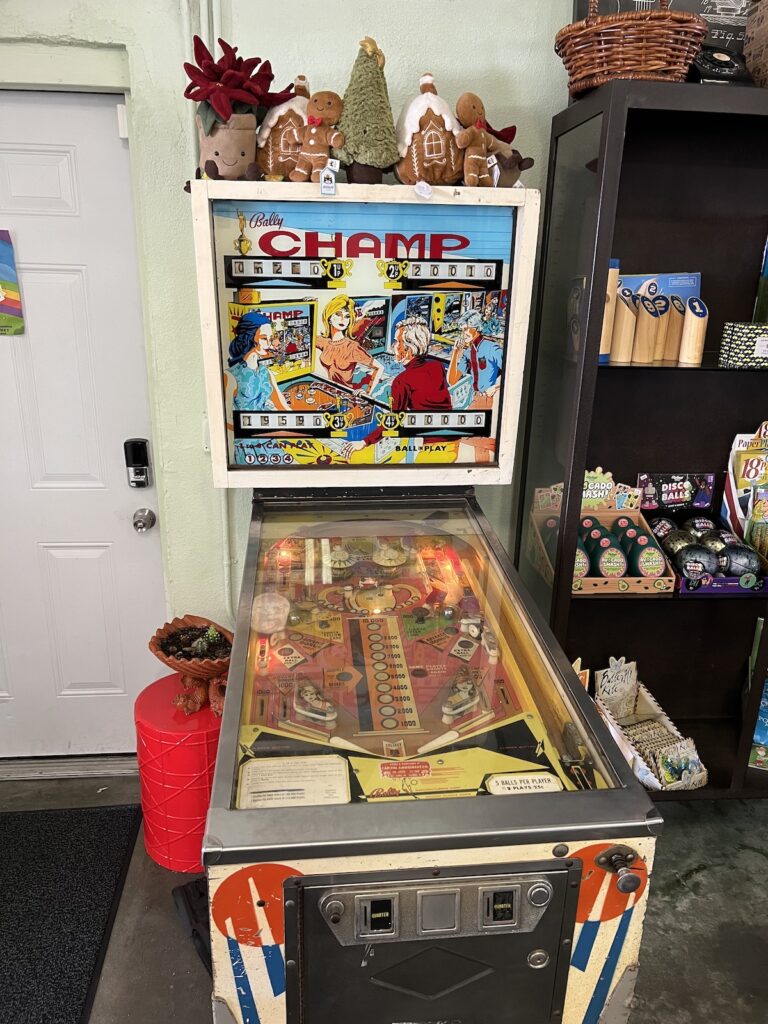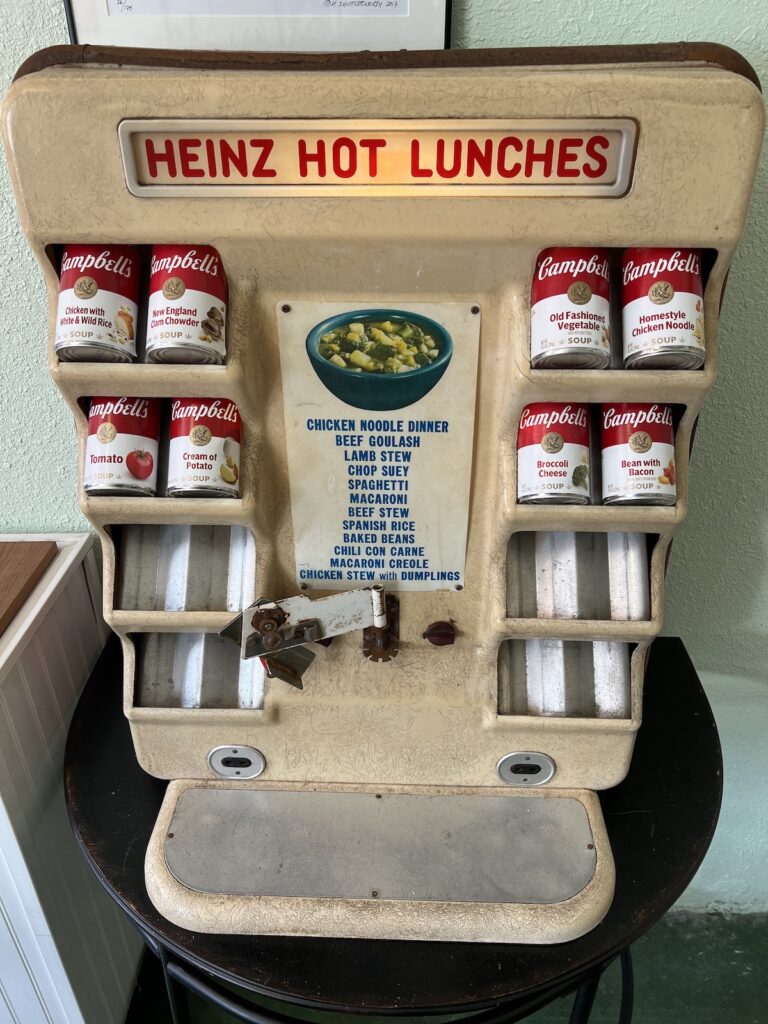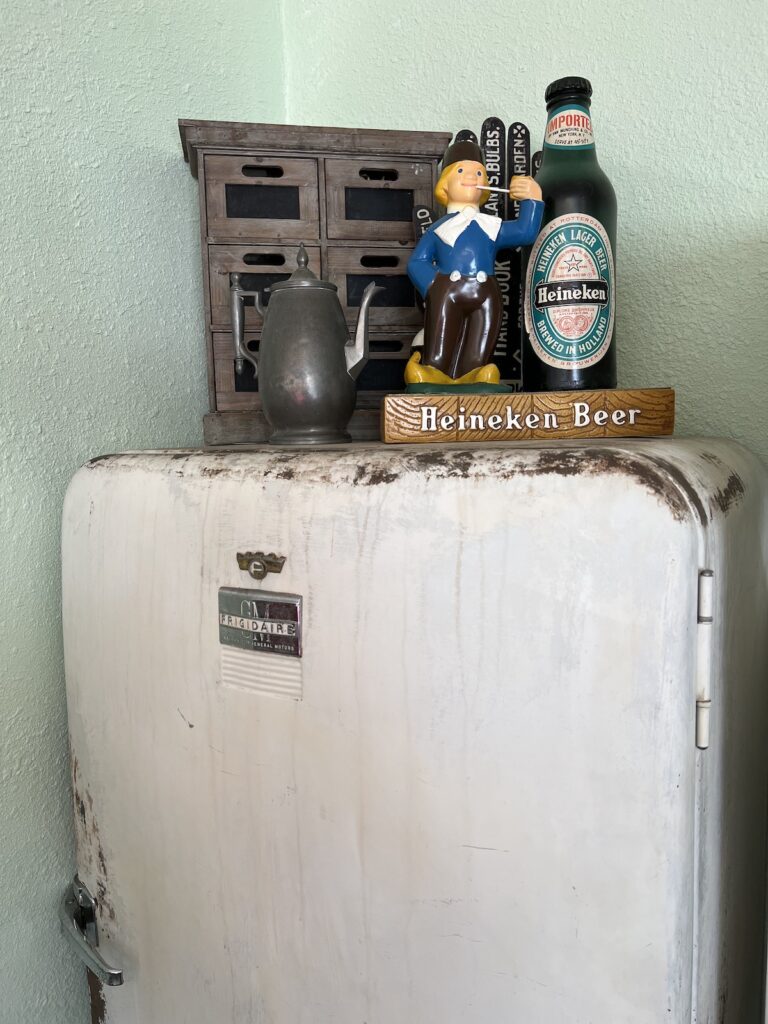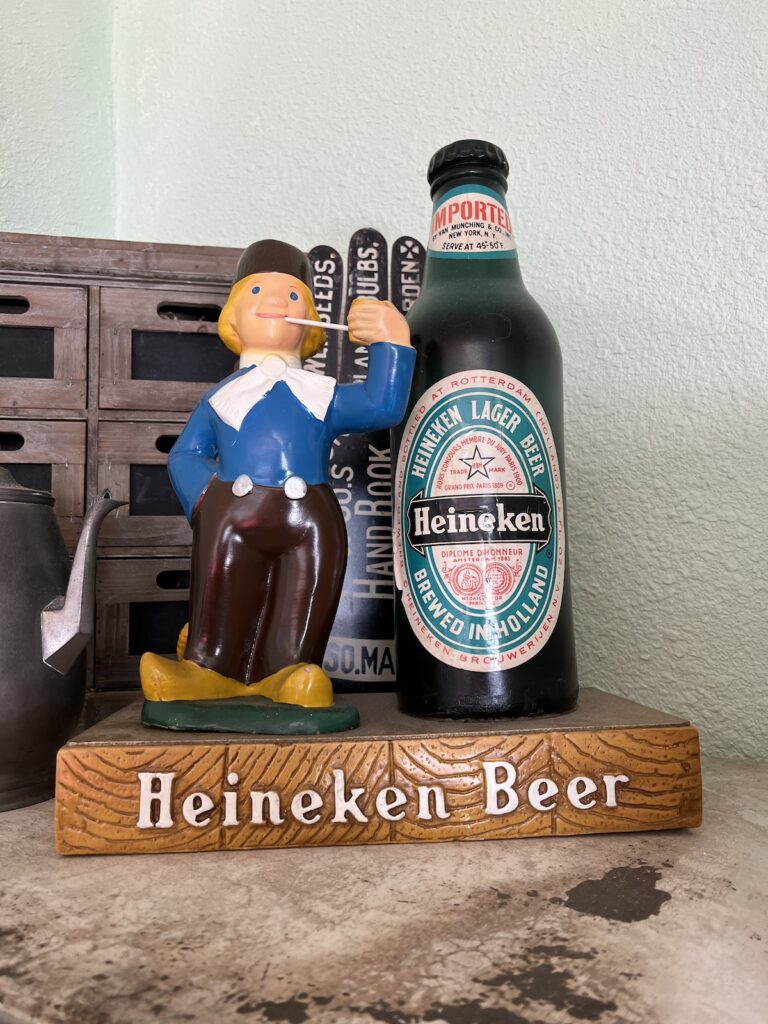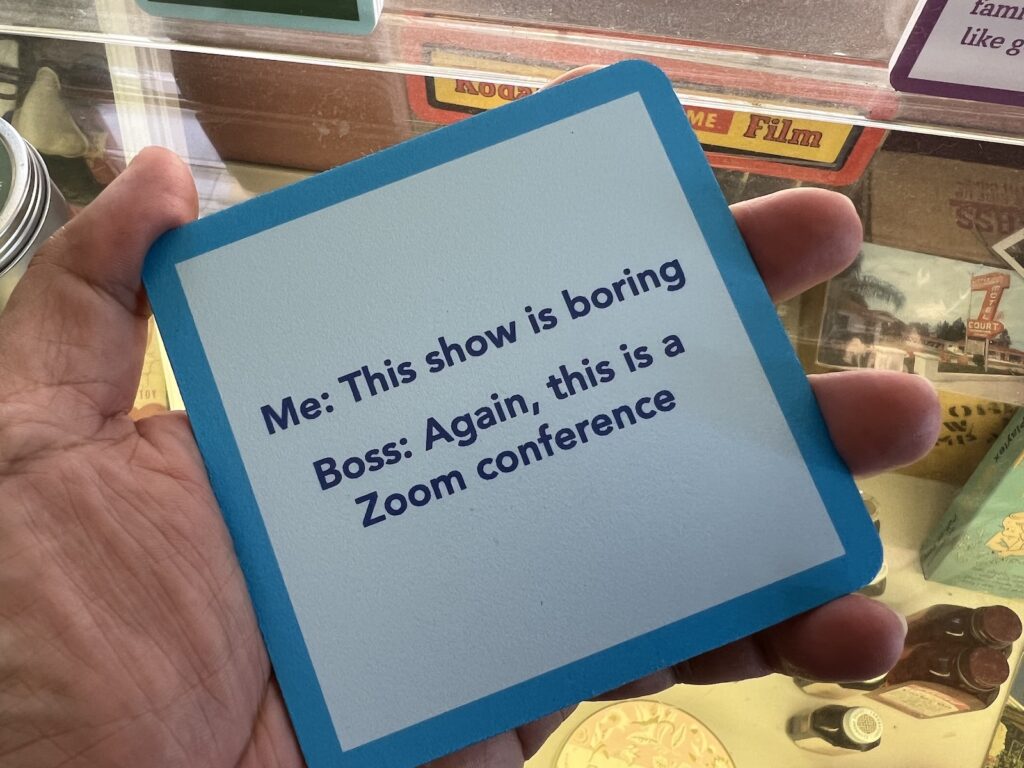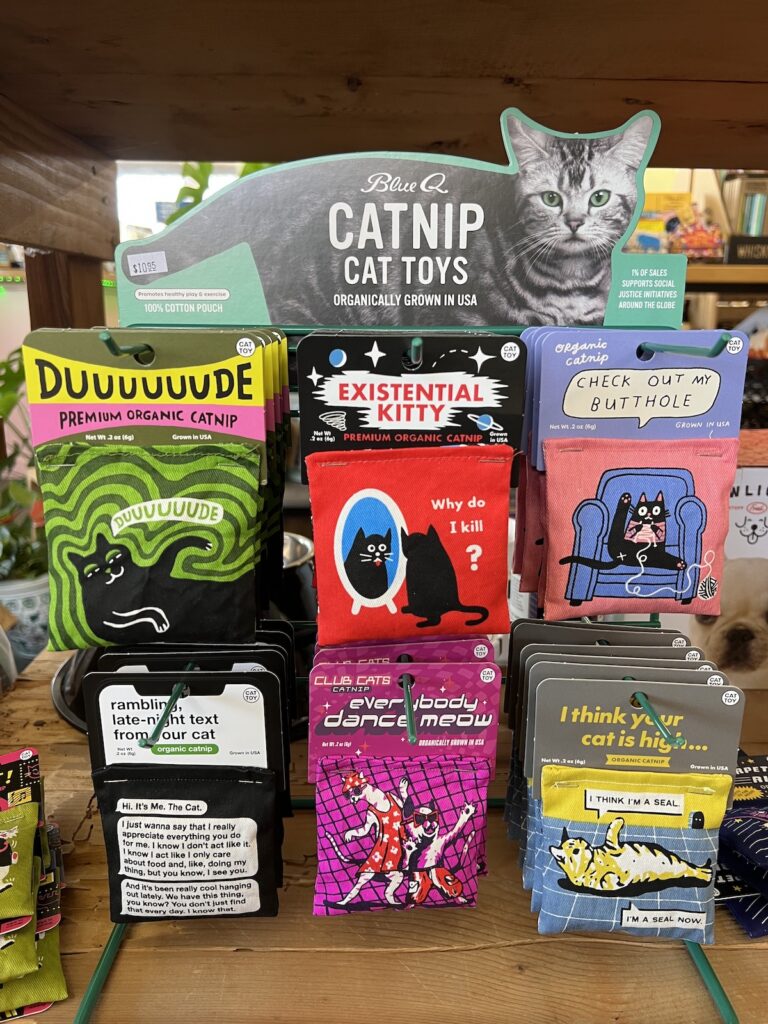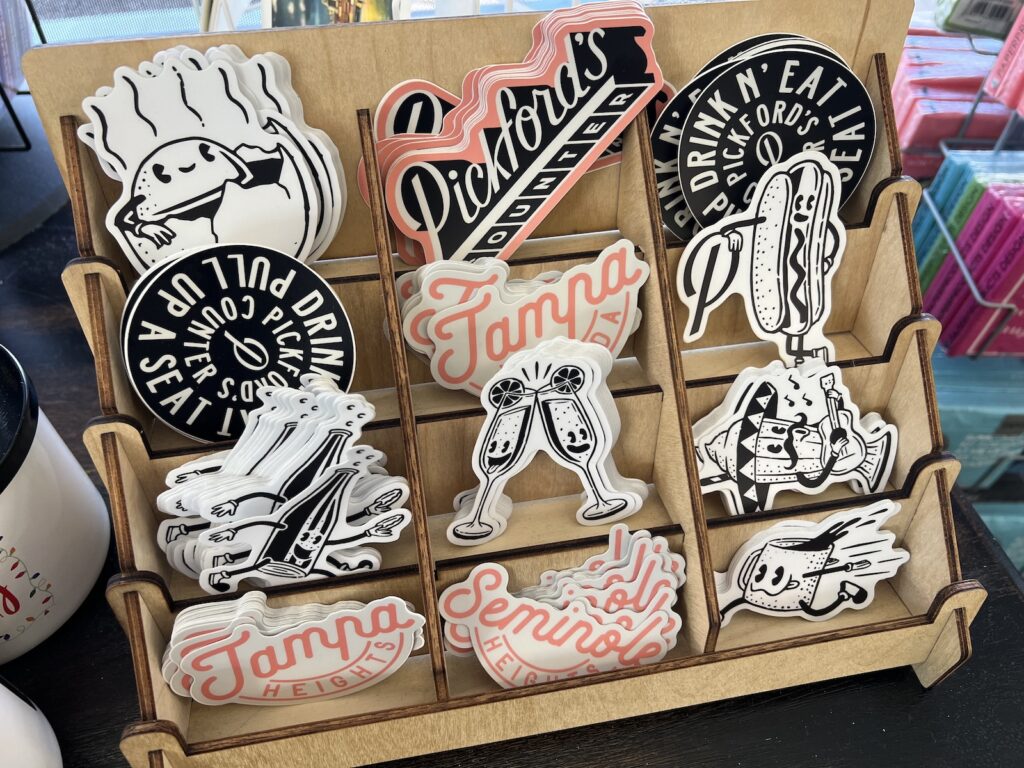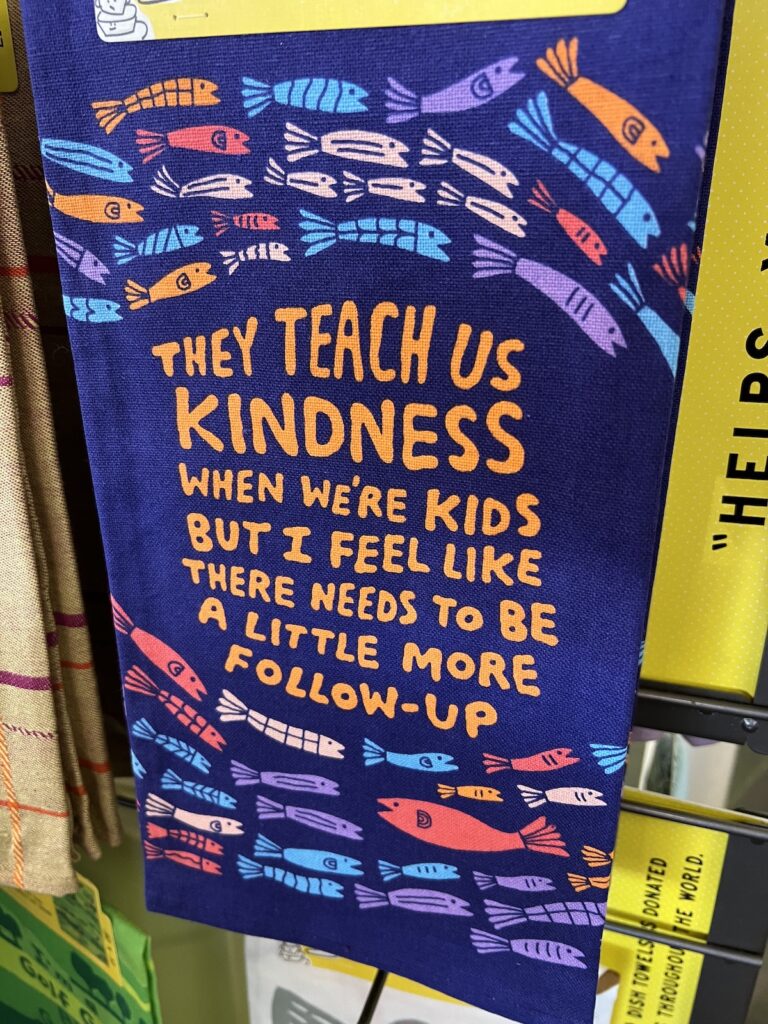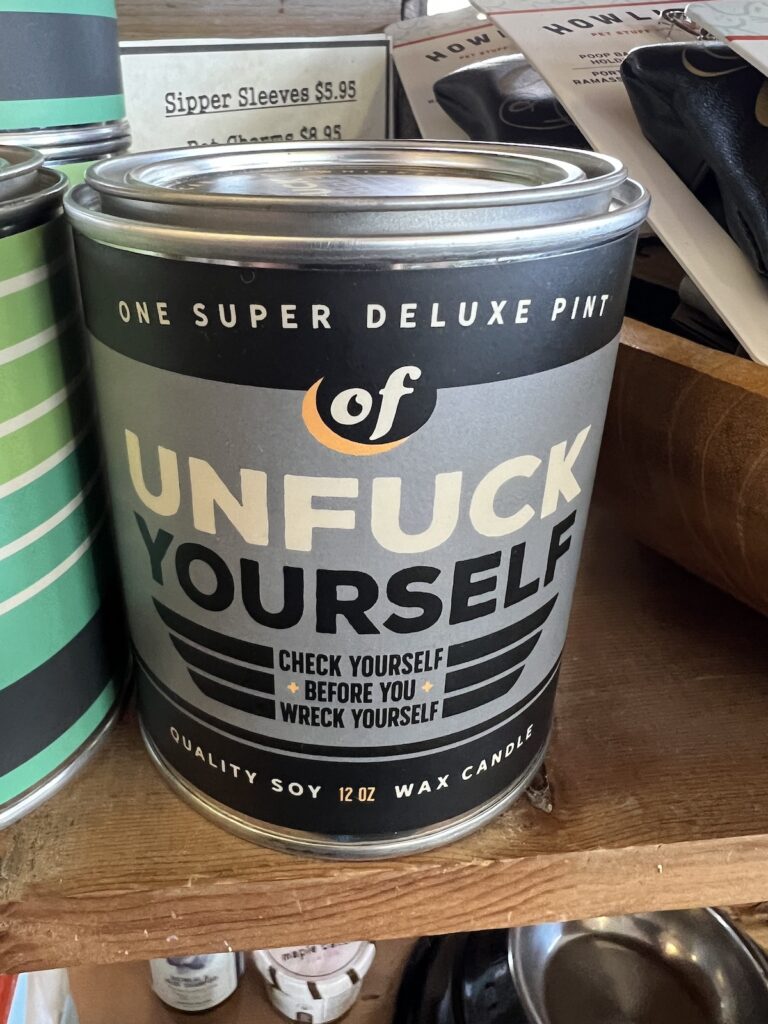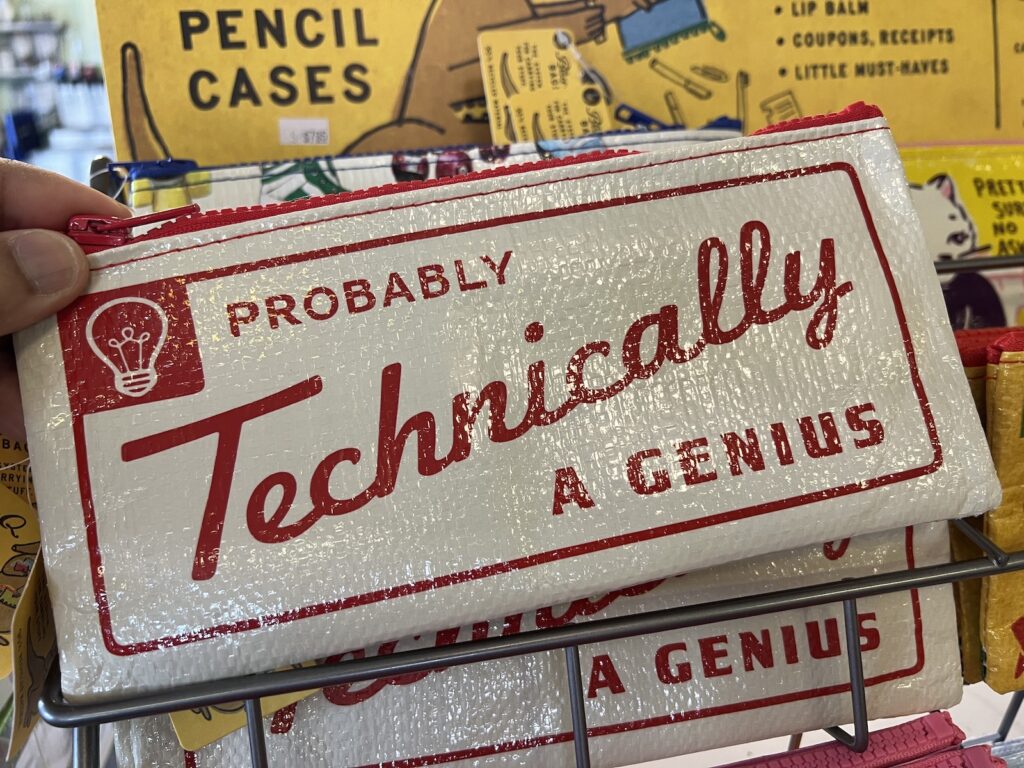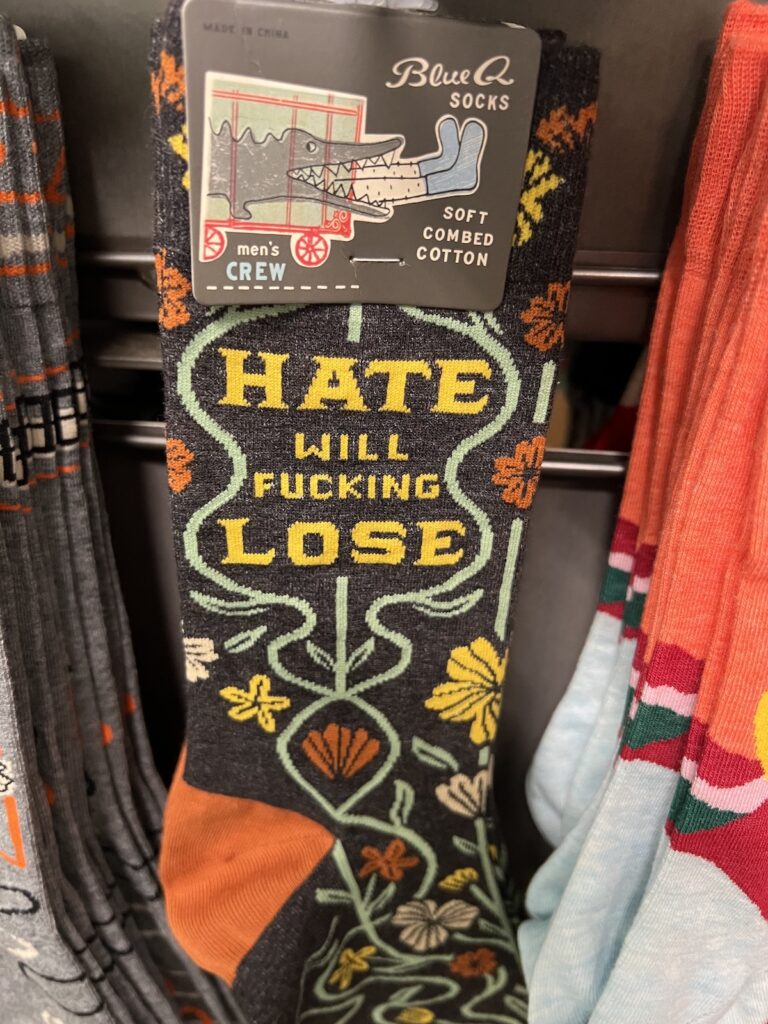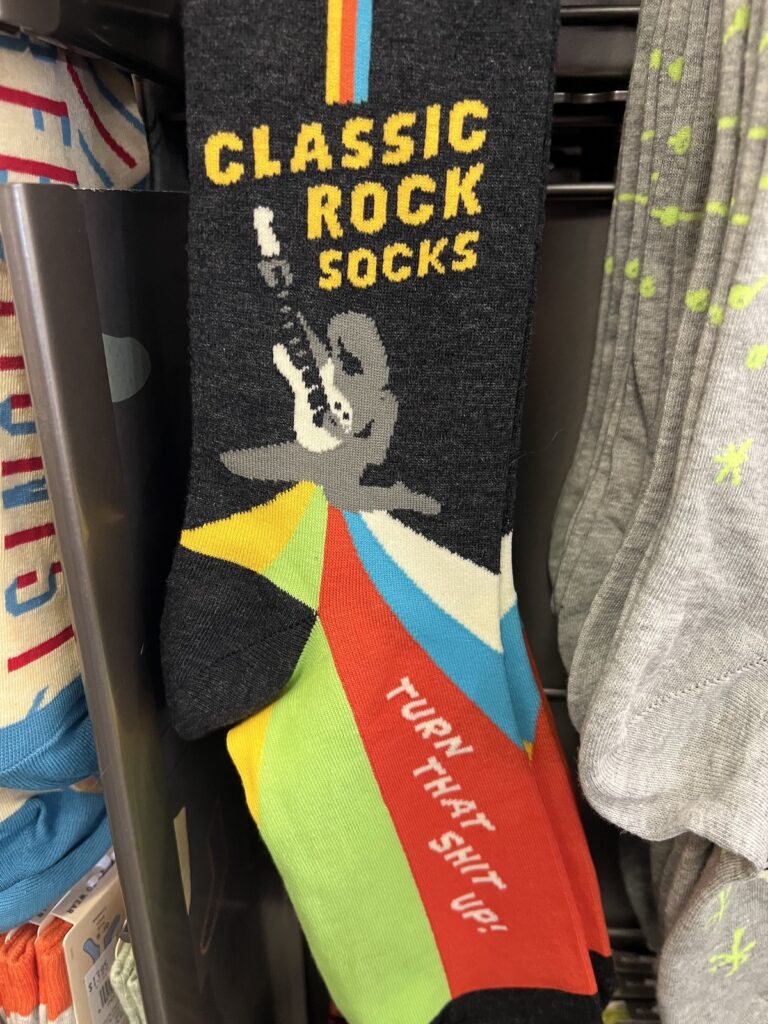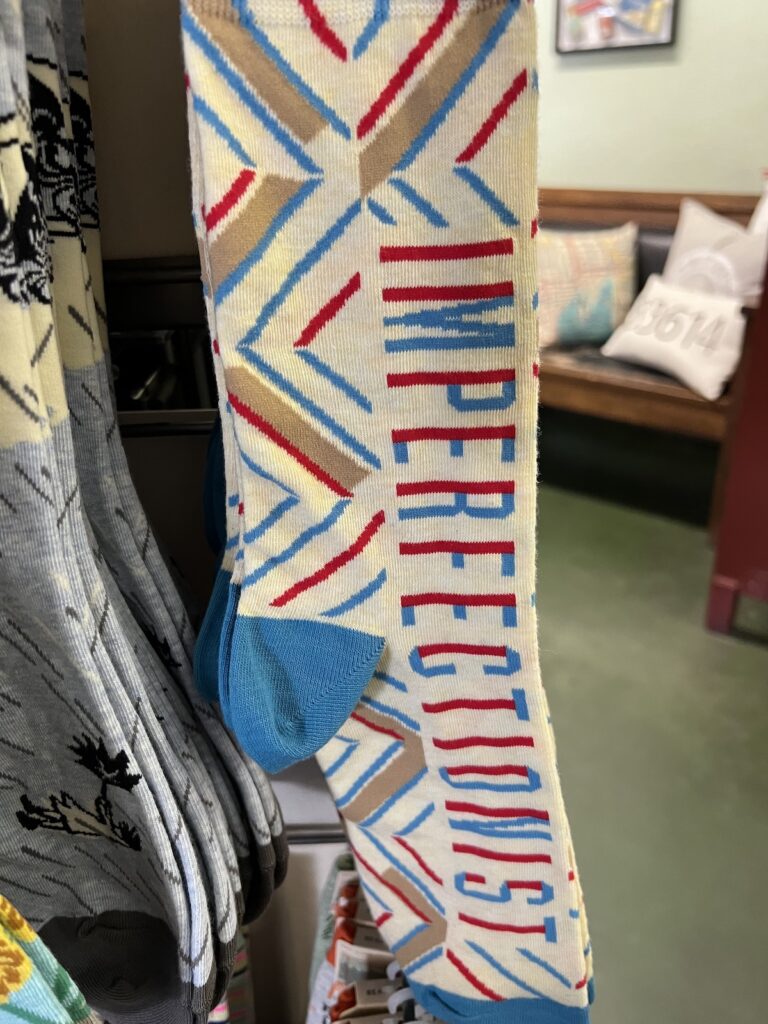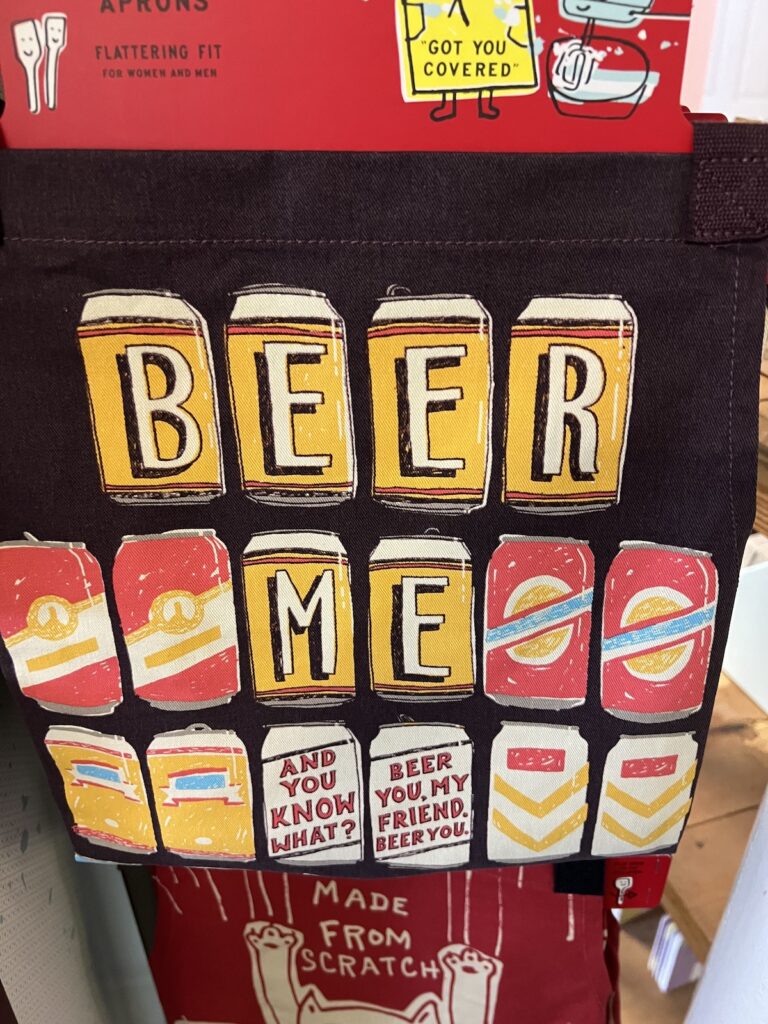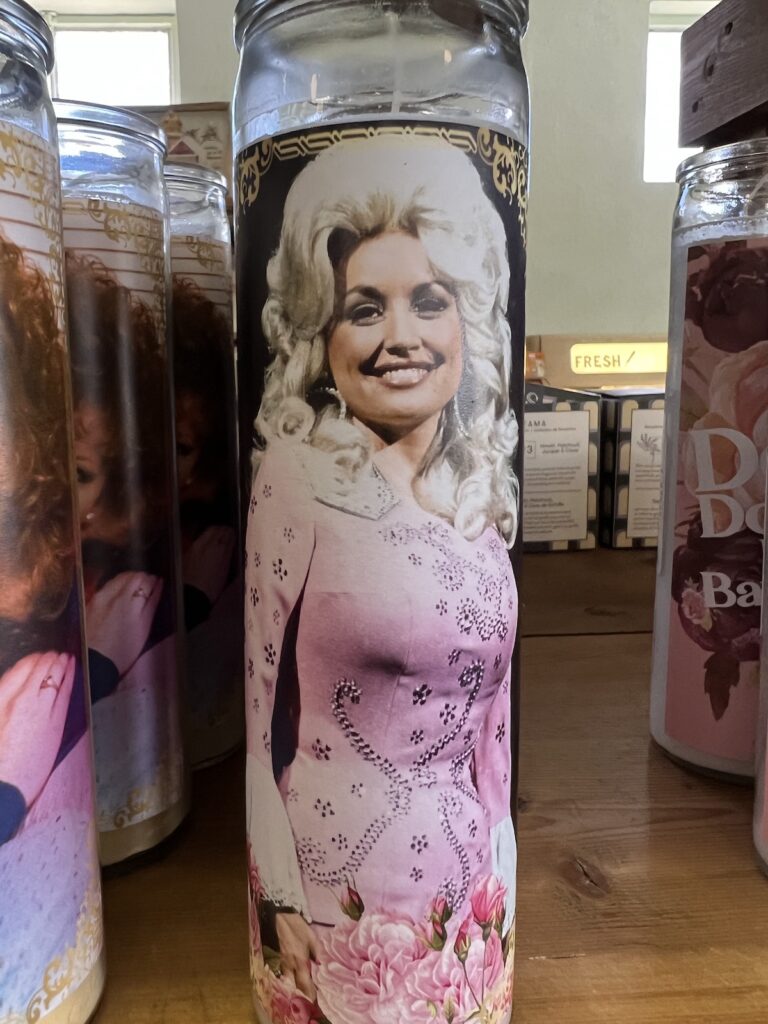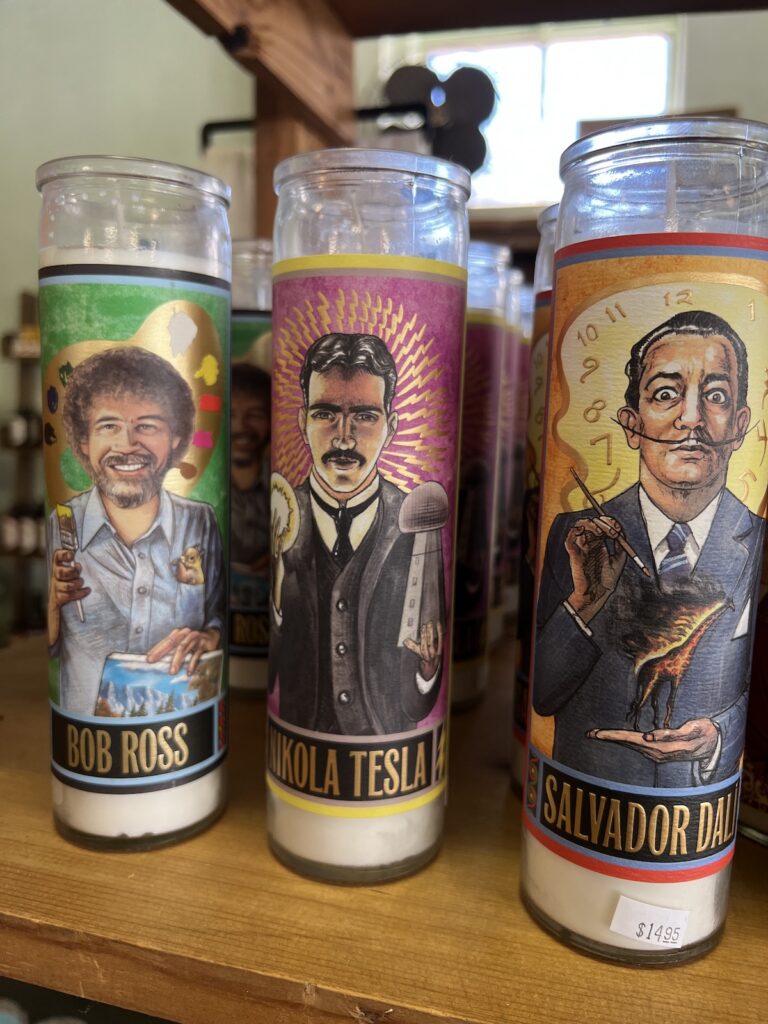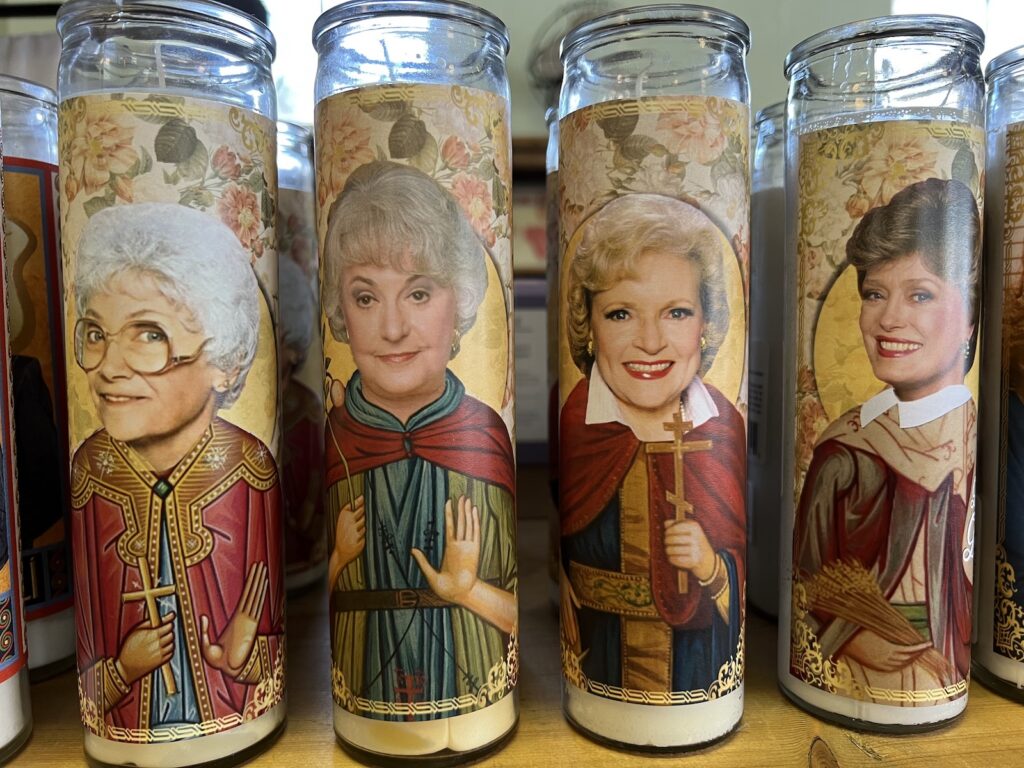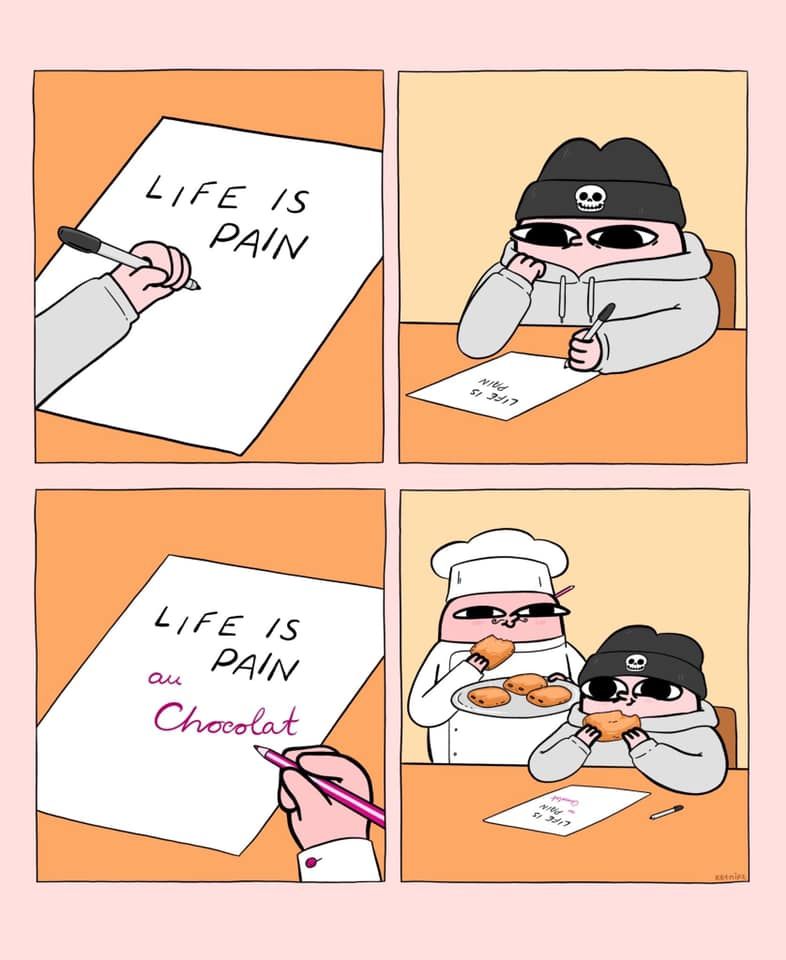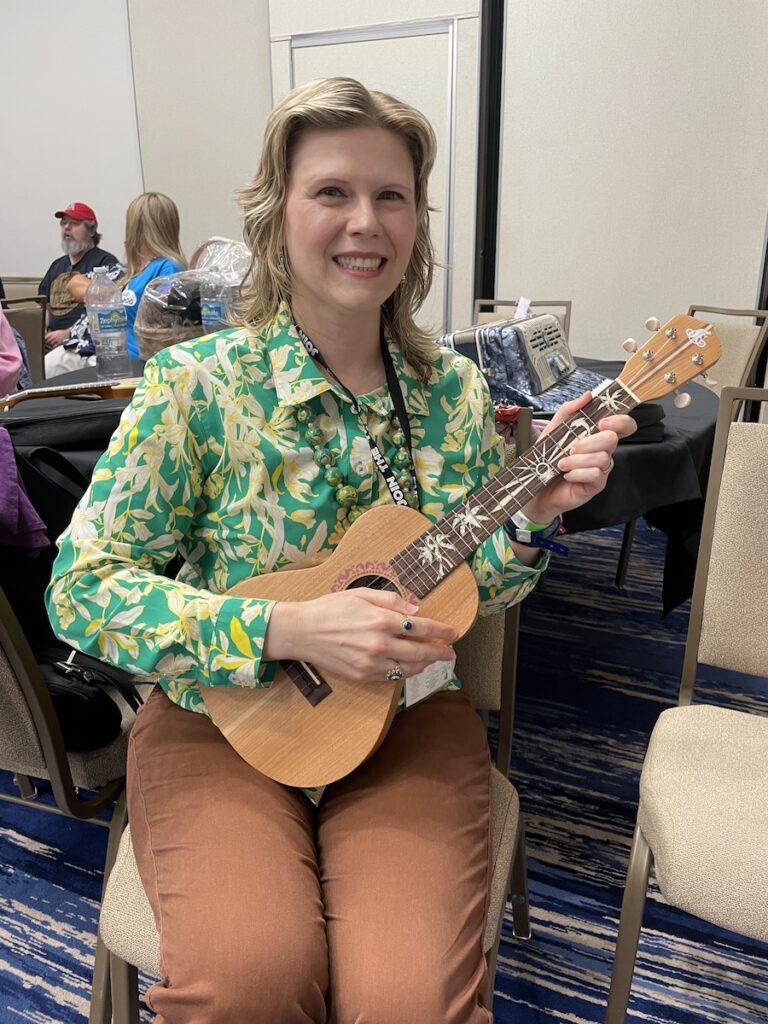
Photos from Pickford’s Sundries
I need to stop by Pickford’s Sundries (2606 W Hillsborough Avenue, a half-block east of Habana) more often.
 Pickford’s Sundries is a 1950s lunch counter that somehow travelled to the 2020s and somehow found a comfortable home on a typically dull stretch of Hillsborough Avenue, one of Tampa’s major “stroads”. Part “lunch counter” style restaurant, part quirky novelty gift shop, part local attraction, it’s a place I always check out whenever I’m passing through.
Pickford’s Sundries is a 1950s lunch counter that somehow travelled to the 2020s and somehow found a comfortable home on a typically dull stretch of Hillsborough Avenue, one of Tampa’s major “stroads”. Part “lunch counter” style restaurant, part quirky novelty gift shop, part local attraction, it’s a place I always check out whenever I’m passing through.
Pickford’s opened in 1949 and operated as a general store until the mid-2000s, and under normal circumstances, it would’ve simply vanished.
Instead, the Seminole Heights café Urban Bungalow (which used to be on Florida just south of Sligh), collaborated with Pickford’s original owners to give it an update.
The place kept its 1940s/50s furniture and vibe…
…and a lot of accoutrements from that era…
…but the menu’s been updated.
They still carry classics like the classic “eggs, bacon, fries, and toast” breakfast, the grilled cheese, steak sandwich, Chicago dog, and so on, but I’ve also see things like some interesting fried rices, as well as vegetarian and vegan options.
The “dry goods” are also definitely from this century:
I often check out this place for little gifts.
They have a killer selection of socks…
…and they have an excellent selection of prayer candles:
Want to know more?

Tropical storm and/or hurricane Nicole is coming. Prepare appropriately.
Vote!
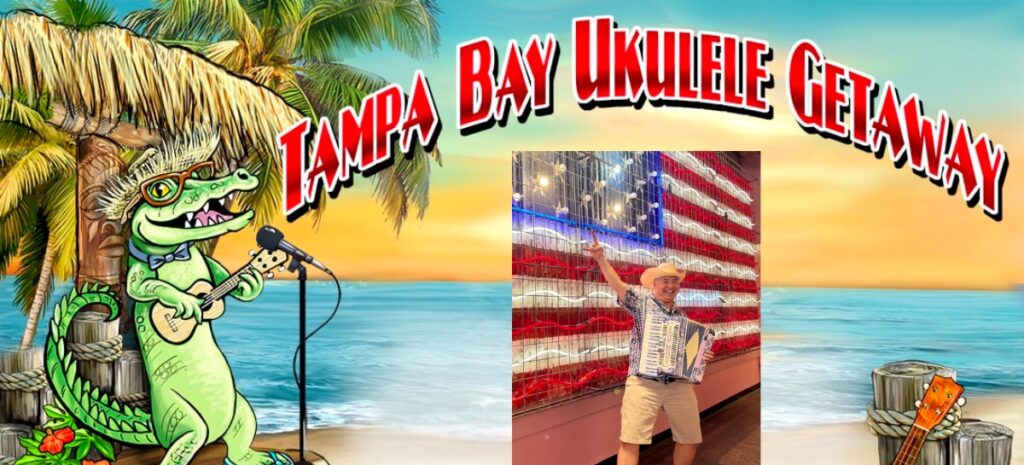 Last year, the Tampa Bay Ukulele Getaway (TBUG for short) took place on my birthday. The 2022 edition happens this weekend, and we’re going to be there!
Last year, the Tampa Bay Ukulele Getaway (TBUG for short) took place on my birthday. The 2022 edition happens this weekend, and we’re going to be there!
Anitra wanted to go, and I thought it would be a fun birthday activity to try my hand at a stringed instrument, which I’m normally terrible at playing. (My “keytar” period, and later the accordion, stem from being a frustrated attempted guitar player.)
TBUG takes place at the Sirata Resort on St. Pete Beach, right next door to where we got married:
It turned out better than expected. For starters, Anitra won the grand prize at the raffle…
…I found a very reliable local purveyor of high-quality aloha shirts in Emily and Mike Stehle (my old go-to had closed up shop…
…and I also found Tom Hood, who invited me to join him and his band, Tom Hood and the Tropical Sons, on a number of local gigs!
 This year, I’m not just an attendee, but part of the lineup of evening performers. I’ll be playing originals and classic rock/blues covers with Tom Hood and the Tropical Sons, as well as helping out with the special ’80s jams — mostly on accordion, but maybe a little ukulele as well.
This year, I’m not just an attendee, but part of the lineup of evening performers. I’ll be playing originals and classic rock/blues covers with Tom Hood and the Tropical Sons, as well as helping out with the special ’80s jams — mostly on accordion, but maybe a little ukulele as well.
Best of all, I’ll get to be on stage on Saturday, which happens to be my birthday. For me, that’s a great birthday treat.


